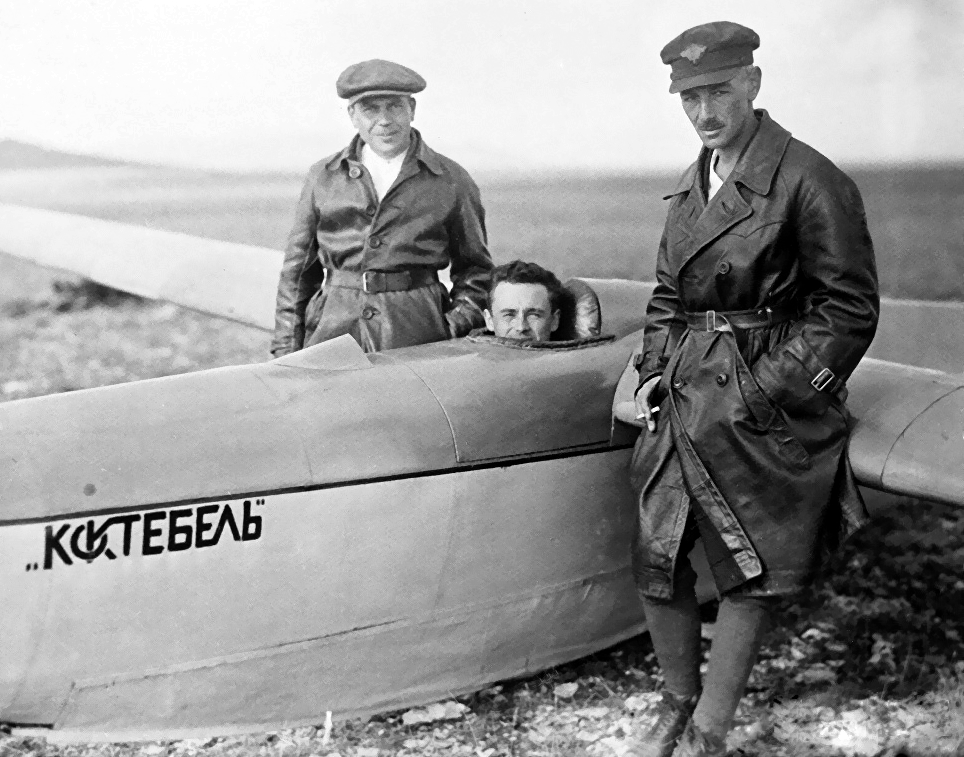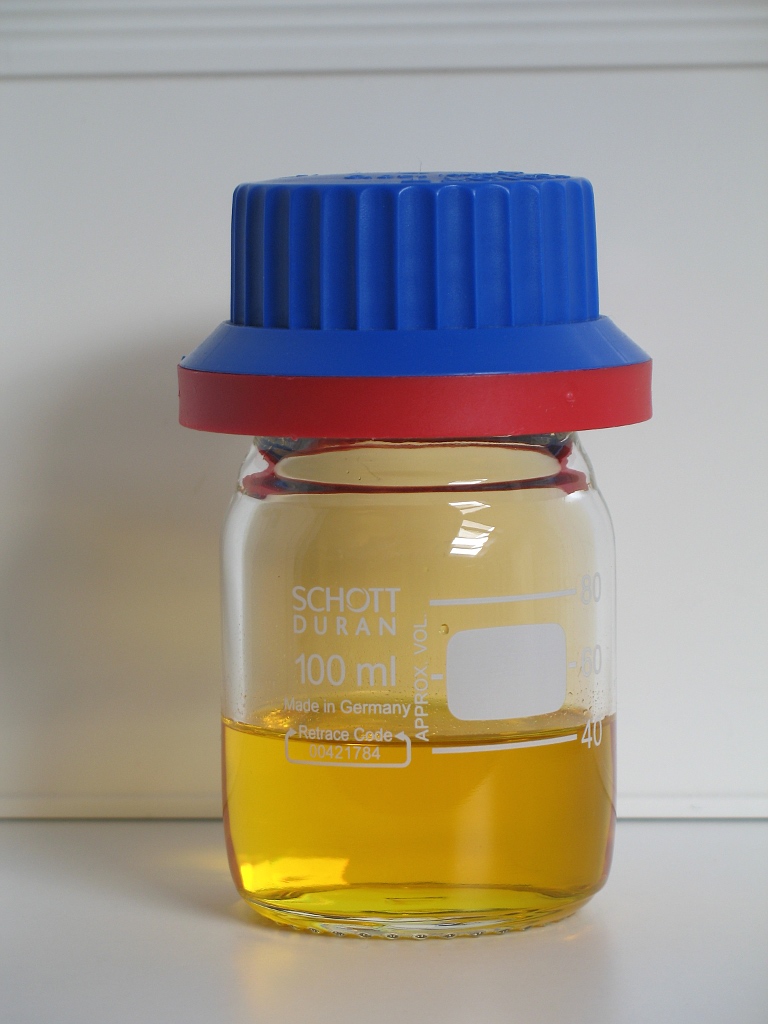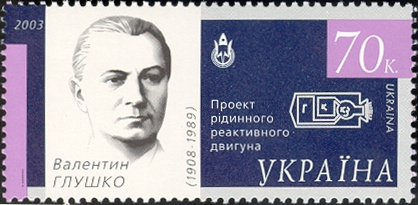|
Group For The Study Of Reactive Motion
The Moscow-based Group for the Study of Reactive Motion (also known as the ''Group for the Investigation of Reactive Engines and Reactive Flight'' or ''Jet Propulsion Study Group''; ), abbreviated as GIRD (), was a Soviet research bureau founded in 1931 to study various aspects of rocketry. GIRD launched the first Soviet Liquid-propellant rocket, liquid propellant rocket in August 1933. In November 1933 it was incorporated into the Reactive Scientific Research Institute (, , РНИИ, RNII). History The inspiration for establishing the organisation came from Friedrich Zander, Fredrich Tsander, a scientist, inventor, and romantic who dreamed of space travel. Tsander had begun to consider rocket-powered interplanetary flight as early as 1907 and was one of the founding members of the Society for the Study of Interplanetary Communication in 1924. In September 1931 Tsander formed the Moscow-based 'Group for the Study of Reactive Motion', better known by its Russian acronym “GIRD” ... [...More Info...] [...Related Items...] OR: [Wikipedia] [Google] [Baidu] |
Sergei Korolev
Sergei Pavlovich Korolev (14 January 1966) was the lead Soviet Aerospace engineering, rocket engineer and spacecraft designer during the Space Race between the United States and the Soviet Union in the 1950s and 1960s. He invented the R-7 Semyorka, R-7 Rocket, Sputnik 1, and was involved in the launching of Laika, Sputnik 3, the first luna 2, human-made object to make contact with another celestial body, Soviet space dogs#Belka and Strelka, Belka and Strelka, the first human being, Yuri Gagarin, into space, Voskhod 1, and the first person, Alexei Leonov, to conduct a Voskhod 2, spacewalk. Although Korolev trained as an aircraft designer, his greatest strengths proved to be in design integration, organization and strategic planning. Arrested on a false official charge as a "member of an anti-Soviet counter-revolutionary organization" (which would later be reduced to "saboteur of military technology"), he was imprisoned in 1938 for almost six years, including a few months in a K ... [...More Info...] [...Related Items...] OR: [Wikipedia] [Google] [Baidu] |
Mikhail Tukhachevsky
Mikhail Nikolayevich Tukhachevsky ( rus, Михаил Николаевич Тухачевский, Mikhail Nikolayevich Tukhachevskiy, p=tʊxɐˈtɕefskʲɪj; – 12 June 1937), nicknamed the Red Napoleon, was a Soviet general who was prominent between 1918 and 1937 as a military officer and military theory, theoretician. He was later executed during the Moscow trials of 1936–1938. He served as an officer in World War I of 1914–1917 and in the Russian Civil War of 1917–1923, leading the defense of the Moscow Military District, Moscow district (1918), commanding forces on the Eastern Front of the Russian Civil War, Eastern Front (1918), commanding the 5th Army (RSFSR), Fifth Army in the recapture of Siberia from Alexander Kolchak, and heading Cossack forces against Anton Denikin (1920). From 1920 to 1921 he commanded the Western Front (RSFSR), Soviet Western Front in the Polish–Soviet War. Soviet forces under his command successfully repelled the Kiev offensive (1920), P ... [...More Info...] [...Related Items...] OR: [Wikipedia] [Google] [Baidu] |
Gas Dynamics Laboratory
Gas Dynamics Laboratory (GDL) () was the first Soviet research and development laboratory to focus on rocket technology. Its activities were initially devoted to the development of Solid-propellant rocket, solid propellant rockets, which became the prototypes of missiles in the Katyusha rocket launcher, as well as Liquid-propellant rocket, liquid propellant rockets, which became the prototypes of Soviet rocketry, Soviet rockets and Soviet space program, spacecraft. At the end of 1933 it became part of the Reactive Scientific Research Institute (RNII). A number of craters on the far side of the Moon are named after GDL employees. History of the organization * First rocket research and development organization in the USSR.Gas-Dynamic Laboratory, * Created on 1 March 1921 in science, 1921 in Moscow as the "Laboratory for the development of inventions by Nikolai Tikhomirov (chemical engineer), N. I. Tikhomirov" as part of the Main Artillery Directorate of the Workers' and Peasa ... [...More Info...] [...Related Items...] OR: [Wikipedia] [Google] [Baidu] |
Austria
Austria, formally the Republic of Austria, is a landlocked country in Central Europe, lying in the Eastern Alps. It is a federation of nine Federal states of Austria, states, of which the capital Vienna is the List of largest cities in Austria, most populous city and state. Austria is bordered by Germany to the northwest, the Czech Republic to the north, Slovakia to the northeast, Hungary to the east, Slovenia and Italy to the south, and Switzerland and Liechtenstein to the west. The country occupies an area of and has Austrians, a population of around 9 million. The area of today's Austria has been inhabited since at least the Paleolithic, Paleolithic period. Around 400 BC, it was inhabited by the Celts and then annexed by the Roman Empire, Romans in the late 1st century BC. Christianization in the region began in the 4th and 5th centuries, during the late Western Roman Empire, Roman period, followed by the arrival of numerous Germanic tribes during the Migration Period. A ... [...More Info...] [...Related Items...] OR: [Wikipedia] [Google] [Baidu] |
Eugen Sänger
Eugen Sänger (22 September 1905 – 10 February 1964) was an Austrian aerospace engineer best known for his contributions to lifting body and ramjet technology. Early career Sänger was born in the former mining town of Preßnitz (Přísečnice), near Komotau in Bohemia, part of the Austro-Hungarian Empire at that time . He studied civil engineering at the Technical Universities of Graz and Vienna. As a student, he came in contact with Hermann Oberth's book '' Die Rakete zu den Planetenräumen'' ("By Rocket into Planetary Space"), which inspired him to change from studying civil engineering to aeronautics. He also joined Germany's amateur rocket movement, the '' Verein für Raumschiffahrt'' (VfR – "Society for Space Travel") which was centered on Oberth. In 1932 Sänger became a member of the SS and was also a member of the NSDAP. Sänger made rocket-powered flight the subject of his thesis, but it was rejected by the university as too fanciful. Sänger was allowed ... [...More Info...] [...Related Items...] OR: [Wikipedia] [Google] [Baidu] |
Regenerative Cooling (rocket)
In rocket engine design, regenerative cooling is a configuration in which some or all of the propellant is passed through tubes, channels, or in a jacket around the combustion chamber or nozzle to cool the engine. This is effective because the propellants are often cryogenic. The heated propellant is then fed into a special gas-generator or injected directly into the main combustion chamber. History In 1857 Carl Wilhelm Siemens introduced the concept of regenerative cooling. On 10 May 1898, James Dewar used regenerative cooling to become the first to statically liquefy hydrogen. The concept of regenerative cooling was also mentioned in 1903 in an article by Konstantin Tsiolkovsky. Robert Goddard built the first regeneratively cooled engine in 1923, but rejected the scheme as too complex. A regeneratively cooled engine was built by the Italian researcher, Gaetano Arturo Crocco in 1930. The first Soviet engines to employ the technique were Fridrikh Tsander's OR-2 tested i ... [...More Info...] [...Related Items...] OR: [Wikipedia] [Google] [Baidu] |
Kerosene
Kerosene, or paraffin, is a combustibility, combustible hydrocarbon liquid which is derived from petroleum. It is widely used as a fuel in Aviation fuel, aviation as well as households. Its name derives from the Greek (''kērós'') meaning "wax"; it was registered as a trademark by Nova Scotian, Nova Scotia geologist and inventor Abraham Pineo Gesner, Abraham Gesner in 1854 before evolving into a generic trademark. It is sometimes spelled kerosine in scientific and industrial usage. Kerosene is widely used to power jet engines of aircraft (jet fuel), as well as some rocket engines in a highly refined form called RP-1. It is also commonly used as a cooking and lighting fuel, and for fire toys such as Poi (performance art)#Fire poi, poi. In parts of Asia, kerosene is sometimes used as fuel for small outboard motors or even motorcycles. World total kerosene consumption for all purposes is equivalent to about 5,500,000 barrels per day as of July 2023. The term "kerosene" is comm ... [...More Info...] [...Related Items...] OR: [Wikipedia] [Google] [Baidu] |
Nitric Acid
Nitric acid is an inorganic compound with the formula . It is a highly corrosive mineral acid. The compound is colorless, but samples tend to acquire a yellow cast over time due to decomposition into nitrogen oxide, oxides of nitrogen. Most commercially available nitric acid has a concentration of 68% in water. When the solution contains more than 86% , it is referred to as ''fuming nitric acid''. Depending on the amount of nitrogen dioxide present, fuming nitric acid is further characterized as red fuming nitric acid at concentrations above 86%, or white fuming nitric acid at concentrations above 95%. Nitric acid is the primary reagent used for nitration – the addition of a nitro group, typically to an organic molecule. While some resulting nitro compounds are shock- and thermally-sensitive explosives, a few are stable enough to be used in munitions and demolition, while others are still more stable and used as synthetic dyes and medicines (e.g. metronidazole). Nitric acid is ... [...More Info...] [...Related Items...] OR: [Wikipedia] [Google] [Baidu] |
Valentin Glushko
Valentin Petrovich Glushko (; ; born 2 September 1908 – 10 January 1989) was a Soviet engineer who was program manager of the Soviet space program from 1974 until 1989. Glushko served as a main designer of rocket engines in the Soviet program during the heights of the Space Race between United States and the Soviet Union, and was the proponent of cybernetics within the space program. Biography Valentin Glushko was born on 2 September 1908 (21 August according to the old calendar) in Odesa to a Ukrainian cossack father and a Russian peasant mother. At the age of fourteen he became interested in aeronautics after reading novels by Jules Verne. He is known to have written a letter to Konstantin Tsiolkovsky in 1923. He studied at an Odessa trade school, where he learned to be a sheet metal worker. After graduation he apprenticed at a hydraulics fitting plant. He was first trained as a fitter, then moved to lathe operator. During his time in Odessa, Glushko performed experiment ... [...More Info...] [...Related Items...] OR: [Wikipedia] [Google] [Baidu] |
Hybrid-propellant Rocket
A hybrid-propellant rocket is a rocket with a rocket motor that uses rocket propellants in two different phases: one solid and the other either gas or liquid. The hybrid rocket concept can be traced back to the early 1930s. Hybrid rockets avoid some of the disadvantages of solid rockets like the dangers of propellant handling, while also avoiding some disadvantages of liquid rockets like their mechanical complexity. Because it is difficult for the fuel and oxidizer to be mixed intimately (being different states of matter), hybrid rockets tend to fail more benignly than liquids or solids. Like liquid rocket engines, hybrid rocket motors can be shut down easily and the thrust is throttleable. The theoretical specific impulse (I_) performance of hybrids is generally higher than solid motors and lower than liquid engines. I_ as high as 400 s has been measured in a hybrid rocket using metalized fuels. Hybrid systems are more complex than solid ones, but they avoid significant ... [...More Info...] [...Related Items...] OR: [Wikipedia] [Google] [Baidu] |






